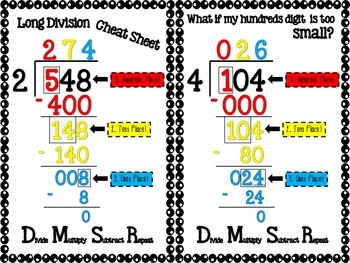Did you know that integrating technology can take the typical assessment and incorporate technology literacy at the same time?
Students have become so comfortable using iPads and laptops in their daily learning environment that it makes sense to explore ways to incorporate that skill set into their testing environment as well.
Grade three students have been studying the life cycle of plants. Using the new science standards as the basis of learning, students began this unit by growing their own
Wisconsin Fast Plants Brassica seeds. These seeds flower in a record 13 days. Student scientists observed, watered, measured, and graphed the growing process.
 |
Grade three students grew plants from seed to seed.
Do you see the seed pod?
Do you know what is in the seed pod? |
When it came time for the Big Test I talked with the grade 3 teachers about using google forms to assess student knowledge. As part of google for education, forms is fairly easy to set up and share with others. We took the original paper and pencil test and recreated the questions in google forms. A nice feature in Forms is that it also allows you to integrate pictures directly into the assessment. Then a QR code was generated for each class.
 |
| Students began by scanning a QR code which brought them to the form. |
 |
| It is easy on the iPad to scroll through the test, choosing the answer with just a touch. |
 |
Click Submit and you are done! Very Easy and lots of Fun.
|
 |
| Mrs. Surprise loves how using google forms and the Add-On Flubaroo in sheets grades the test immediately. |
Standards:
3-LS1-1. Use simple graphical representations to show that species have unique and diverse life cycles.
[Clarification Statement: Examples can include different ways plants (e.g., sprout from a seed, grow (e.g., increase in size and weight, produce new part), reproduce (e.g., develop seeds and spores, root runners,) and die (e.g., length of life).] Assessment Boundary: Assessment of plant life cycles is limited to those of flowering plants.




























